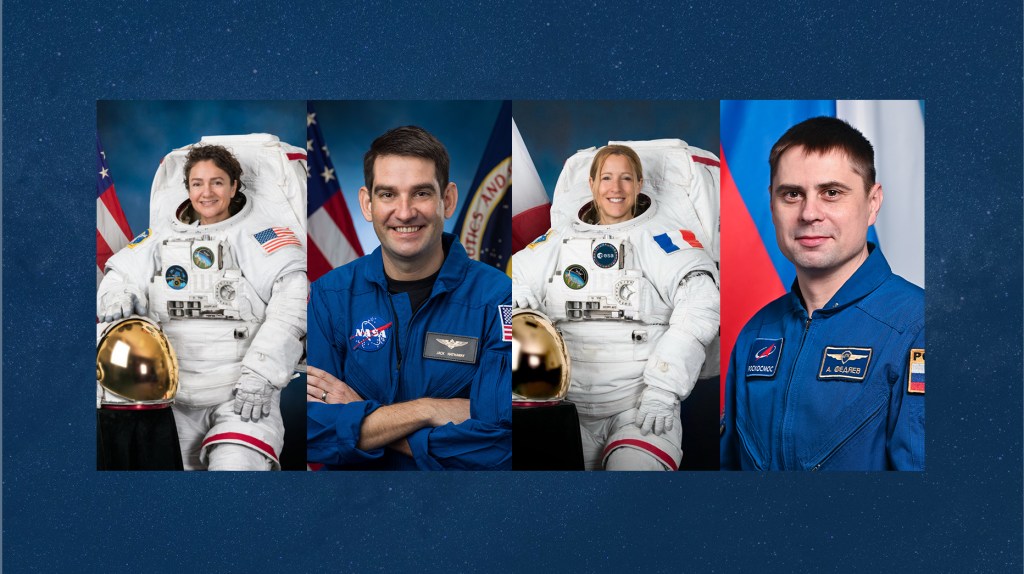Several decades ago, chlorofluorocarbons (CFCs) were chemicals used in hairspray, deodorants, foam products, air conditioners and more. In 1974 chemists Sherwood Rowland and Mario Molina published a paper that indicated CFCs were damaging the ozone layer, which protects Earth from the sun’s ultraviolet rays.
Credits: NASA’s Goddard Space Flight Center
Download this video in HD formats from NASA Goddard’s Scientific Visualization Studio
The Molina-Rowland paper launched a debate in the scientific community that ultimately led to the halls of the United Nations. Today, more than 191 countries have signed the Montreal Protocol, a treaty that regulates the use of CFCs, and the ozone layer is on the mend. But the story has taken a new turn as the class of compounds that replaced CFCs act as greenhouse gases.
In this video, Dr. Paul Newman, chief scientist for atmospheric sciences at NASA’s Goddard Space Flight Center in Greenbelt, Maryland, discusses the ozone layer’s past, present and potential future.
Ali Ogden
NASA’s Goddard Space Flight Center, Greenbelt, Maryland































